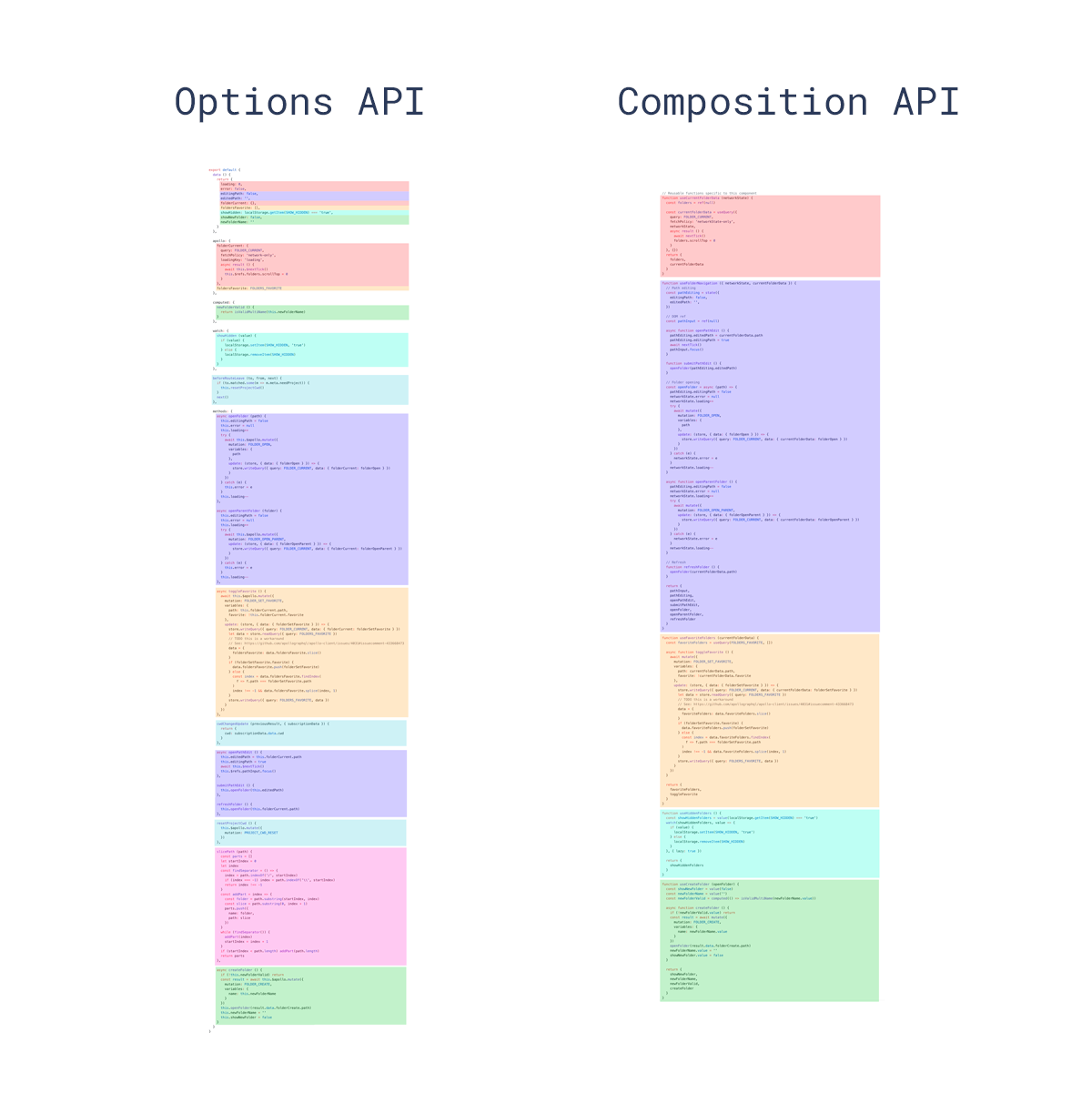TL;DR
Compose dependency graph with Guice:
1 | public class DatabaseModule extends AbstractModule { |
Create singleton injector:
1 | public class AppInjector { |
Use in Flink function:
1 | public class UserMapper extends RichMapFunction<Long, User> { |
Motivation
Dependency injection, or DI, is a common practice in Java programming, especially when you come from a Spring background. The most direct benefit is testability, meaning you can replace class implementation with test stub. Other benefits are separation of concerns, better class hierarchy, inversion of control, etc. Component defines its dependencies via class constructor or annotated members, and the DI framework creates a container, or context, to wire these components properly. This context is usually created at startup and lives through the application lifecycle. Some examples are Spring ApplicationContext, Guice Injector.
Flink is a distributed computing framework, and it is favorable to decouple business logic from it by dependency injection. However, Flink application is composed of functional classes, that are instantiated in driver class, or main method, serialized and sent to distributed task managers. We cannot inject dependencies into these classes unless all our components are serializable. Fortunately, Flink provides a lifecycle hook open that is called when the job starts. Combined with another common pattern, Singleton, we can make DI framework play well with Flink.





